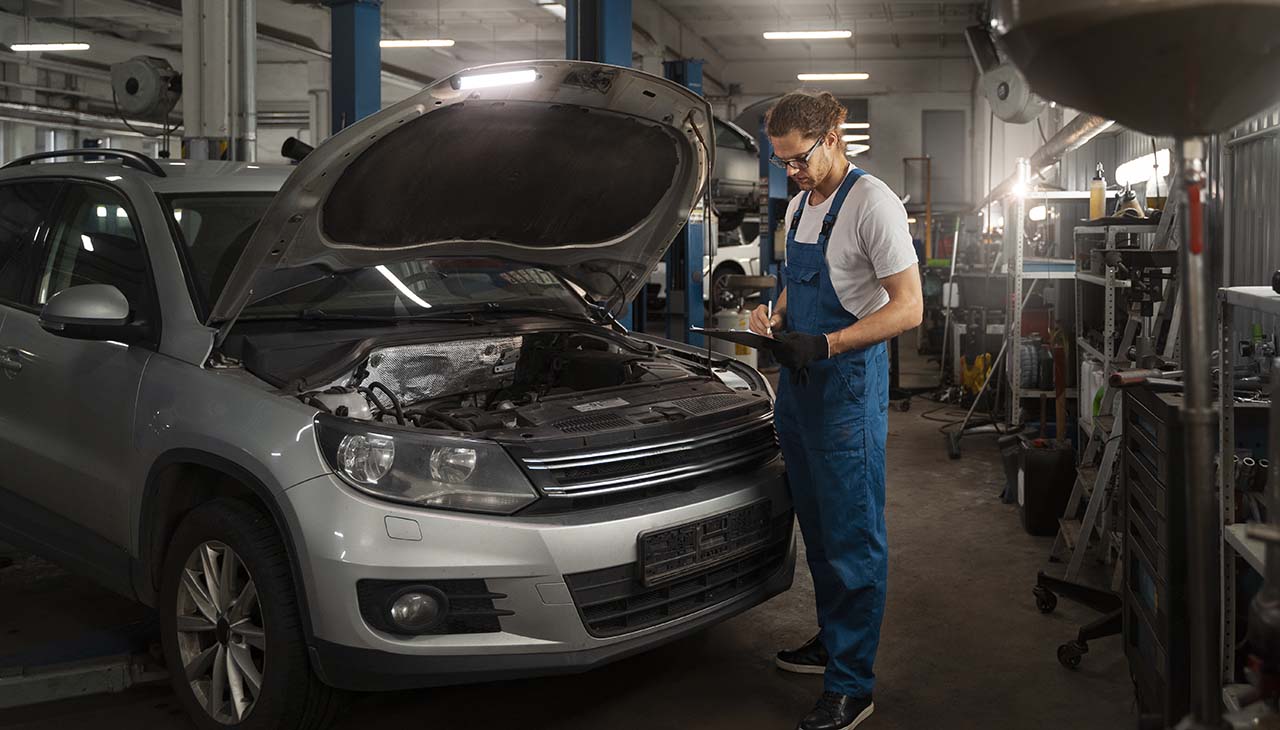Keep Your Cool or Stay Warm A Comprehensive Guide to Fixing Car Heating Issues
Picture this—it’s a chilly winter morning, you’re running late for work, and your car’s heating system decides to give up on you. Not the most pleasant scenario, right? A car’s heating system is crucial not only for comfort but also for safety. Understanding how it works and knowing how to diagnose and fix common issues can save you both time and money. In this comprehensive guide, we’ll walk you through the basics of car heating systems, common issues, and how to fix them. Whether you’re a car owner, DIY enthusiast, or an auto mechanic, this guide is for you.
Understanding the Basics of Car Heating Systems
How the Heating System Works in a Car
At its core, a car’s heating system operates by transferring heat from the engine to the cabin. When your engine runs, it generates heat. The heater core—a small radiator located behind the dashboard—uses this heat to warm the air that blows into your car. Essentially, the heating system is a part of the vehicle’s cooling system, rerouting hot coolant from the engine to the heater core.
Common Components and Their Functions
Understanding the components of your car’s heating system can make diagnosing issues much easier. Key parts include:
- Heater Core: Acts like a mini-radiator, transferring heat from the coolant to the air blown into the cabin.
- Thermostat: Regulates the flow of coolant to maintain a stable engine temperature.
- Blower Motor: Pushes air over the heater core and into the cabin.
- Coolant: The liquid that absorbs and transfers heat from the engine.
Each component is essential for the system’s overall function, and a fault in any part can affect your car’s heating.
Diagnosing Common Car Heating Problems
No Heat or Cold Air Blowing
One of the most frustrating issues is when no heat is blowing from the vents. This problem can be caused by several factors, including a malfunctioning thermostat, low coolant levels, or a blocked heater core. Start by checking the thermostat and coolant levels to identify the root cause.
Weak or Fluctuating Heat Levels
If your car’s heating is weak or fluctuates, it could be due to air pockets in the cooling system or a failing water pump. Air pockets can prevent coolant from flowing properly, while a failing water pump can’t circulate the coolant efficiently.
Unusual Smells or Noises from the Heating System
Unpleasant smells or strange noises usually indicate a more serious problem. A sweet smell suggests a coolant leak, potentially from the heater core. Noises, on the other hand, could point to a failing blower motor or debris caught in the system.
Step-by-Step Guide to DIY Fixing Heating Issues
Tools Required for Basic Repairs
Before you start any repair, gather the necessary tools. Basic tools include:
- Screwdrivers
- Pliers
- Wrenches
- Coolant
- A multimeter
Having these tools on hand will make the repair process smoother and more efficient.
Detailed Instructions for Common Issues
Fixing car heating issues often involves straightforward procedures. Here are some common fixes:
Replacing the Thermostat
- Locate the thermostat housing by following the upper radiator hose to the engine.
- Remove the housing and take out the old thermostat.
- Insert the new thermostat, making sure it’s oriented correctly.
- Reattach the housing and refill the coolant.
Flushing the Heater Core
- Disconnect the heater core hoses.
- Use a garden hose to flush water through the heater core until it runs clear.
- Reconnect the hoses and refill the coolant.
Checking the Coolant Level
- Ensure the engine is cool before opening the radiator cap.
- Check the coolant level and add more if needed.
- Inspect for any leaks that could be causing the coolant to drop.
When to Seek Professional Help
Signs That Require a Professional Mechanic’s Attention
While DIY fixes can solve many heating issues, some problems are best left to professionals. If you notice persistent issues like a major coolant leak, electrical problems, or a blown head gasket, it’s time to consult a mechanic. These issues are complex and require specialized tools and expertise to fix.
Conclusion
Maintaining your car’s heating system is crucial for comfort and safety. Regular maintenance and early diagnosis can prevent most issues from becoming major problems. By understanding how your heating system works and knowing how to fix common issues, you can keep your car running smoothly all year round. If you’re unsure or the problem persists, don’t hesitate to seek professional help. And for more tips and expert advice, consider booking a consultation with our specialists. Stay warm and drive safe!
—
This comprehensive guide aims to equip you with the knowledge and confidence to diagnose and fix car heating issues. Happy fixing!
